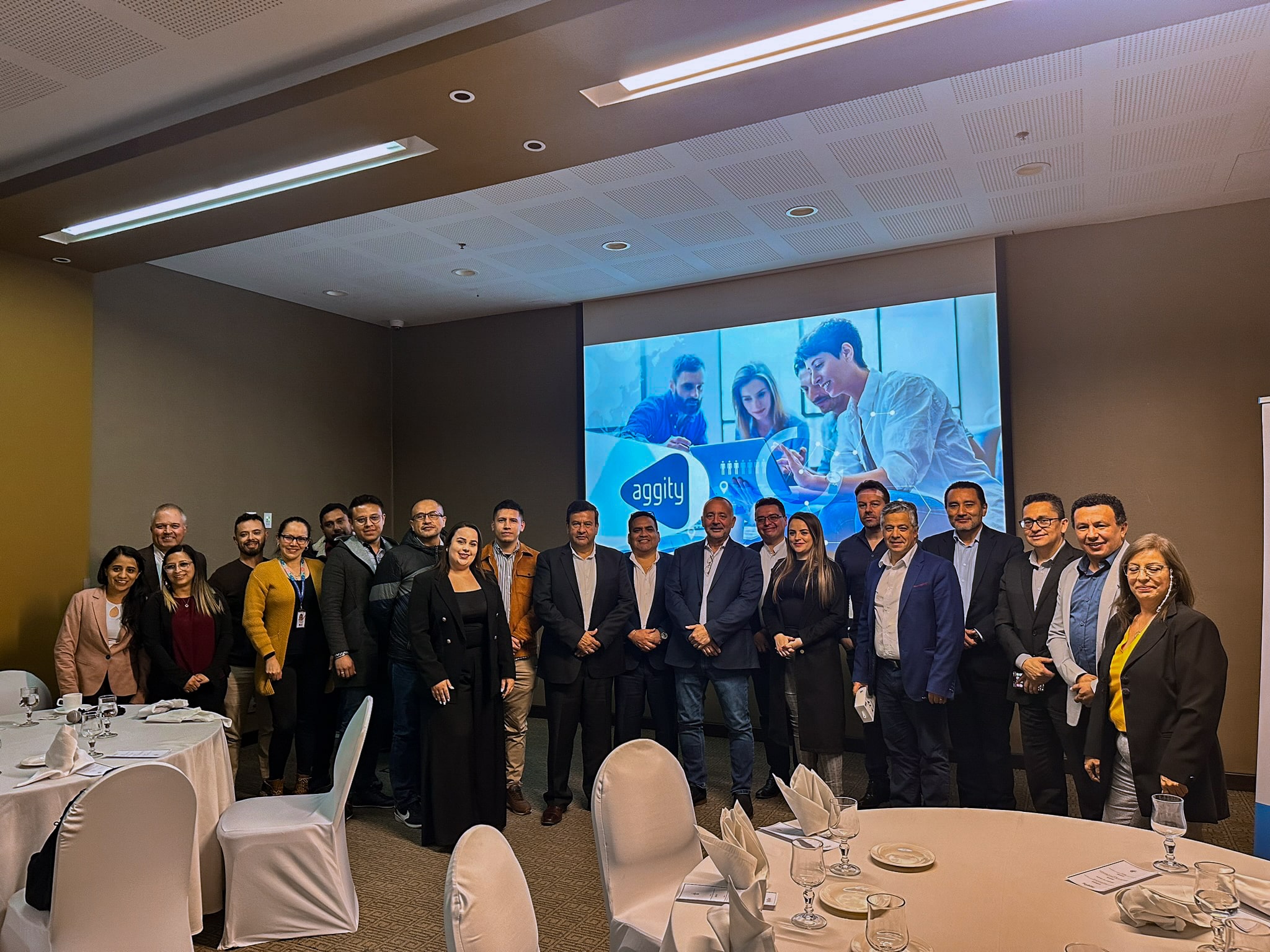Hyperindustry, industry challenges in an inflationary environment

Under the title “Competitiveness Challenges in inflationary environments: hyperindustry”, aggity has held a meeting at the headquarters of the Spanish Confederation of Business Organizations (CEOE) in Madrid to analyze the future of industry in the current economic environment.
Tabla de contenidos
ToggleOvercoming the challenge posed by the increase in operating costs and the reduction in demand due to the inflationary context requires technology.
The conference “Competitiveness Challenges in inflationary environments: hyperindustry” was attended by César Maurín, director of the digitalization, innovation, trade and infrastructure department of the CEOE, Pablo González, CEO of aggity Spain and Ignacio Tormos, Industrial products & manufacturing Sector Leader of aggity. They were joined via videoconference from Mexico by María Patricia Sinisterra, Head of Market Research at the BIMBO group, who shared how the business group improves its competitiveness using advanced digitalization and AI analytics solutions.

Maurín introduced the event and made a brief introduction in which he alluded to the importance of “competitiveness” in today’s business environment and, specifically, in the industrial one, which, in his opinion, is very much determined by two fundamental vectors: digitalizationand the quality of normative regulation. He highlighted the concern about the shortage of ICT professionals in our economy and especially its impact on SMEs, which are facing digital transformation processes.
With regard to regulations, Maurín referred to the challenge posed by the constant publication of new regulations for the development of a business activity. In fact, he noted that during 2022, more than three new rules were published daily that affect companies.
Hyperdigitalization, the answer to hyperindustrialization
In this context, the CEO of aggity Spain underlined how difficult it is for companies to compete in the current economic environment, a difficulty that is even greater, he said, in the industrial sector. In this regard, Gonzalez argued how complicated it is for this sector to start from a base defined by the increases in operating costsincluding energy, which, he said, looks set to be a long-lasting trend, to which is added, as a second derivative, the reduced demand due to inflationary environment.
According to González, this is a new environment for the sector, coupled with a shortage of professionals and increasingly demanding regulations in all areas, especially in relation to the environment and sustainability. environment and sustainability. . All of this has come to be called hyperindustrialization and, according to him, the answer to the challenge is technology.
In fact, as Ignacio Tormos explained, “at aggity we respond to hyperindustrialization with hyperdigitalization”. In his opinion, given the scenario of increasing operating costs and decreasing demand, digitalization limited to eliminating paper in processes is not enough. The hyper-industry is shaped by two fundamental ideas: the knowledge we have about what is happening around us and the predictive capacity with which we can act.
According to Tormos, the pandemic and supply chain disruption has introduced us to a dynamic in which the industry’s traditional knowledge of production and forecasting has broken down. If we add to this the energy crisis, the rising prices of raw materials and the phenomenon of private labels, we are entering the era of hyper-industrialization. the era of hyper-industrialization . “The industrial sector is playing on a new and increasingly unpredictable board”.
Exploiting the value of data with AI and advanced analytics
In his opinion, although the industrial sector needs to do what it has always done: plan, execute and improvenow has to integrating all new factorsThe increase in operating costs, including energy; the shortage of human resources; the monitoring of production, supply chains and logisticsand to invest in a continuous improvement. However, according to Tormos, the traditional methods used until now to achieve this improvement have lost their usefulness precisely because of their inability to predict, and to all this is added sustainability, making energy a fundamental factor in production.
Therefore, the industry needs to integrate an AI and advanced analytics layer into the technology infrastructures, capable of interpreting data and taking into account business objectives. According to Tormos, the “gasoline” of this layer is the data obtained through sensorization and it has to be approached in a meaningful way in order to meet the objectives set. In fact, any hyperdigitization project must start by putting business objectives first.
BIMBO’s success story in Mexico
For her part, María Patricia Sinisterra showed how BIMBO is using advanced digitization and AI analytics solutions . digitalization and AI analytics to improve its competitiveness. Thus, the company has created an initiative in Mexico called “Asesores Grupo Bimbo”, which allows it to be in direct contact with the consumers of its products in a fast and agile manner.
Sinisterra argued how complex it is for companies like Bimbo, with numerous channels of contact with consumers, thousands of products and in numerous countries, to know exactly what customers think, what they think or want from the brand. Sinisterra explained that the company needed to know the economic context of its customers, their consumption and purchasing habits, what the competition was doing…; in short, to understand how customers live and how they relate to the brand.
Bimbo, in collaboration with Social Labs, has selected 5,000 customers who are part of the digital platform “Asesores Grupo Bimbo”, through which it carries out the following activities direct and quick consultations on a wide range of topics. Bimbo maintains the panel of participants always with active members willing to participate in exchange for an economic benefit, achieving a high level of participation and, in fact, has a waiting list to join the platform. In the first quarter of this year, Bimbo recorded 31,000 interactions in Mexico and an engagement rate of 84%.
Benefits of the “Asesores Grupo Bimbo” initiative
Among other benefits, the “Grupo Bimbo Advisors” initiative has helped the company to reduce costs and time for decision making, discriminate business options and define priorities in terms of innovation and brand strategy. The average time to get an answer to the questions posed by the company is two days on average, a time infinitely shorter than traditional methods for positioning or designing new products.
Sinisterra explained that Mexico is a complex country with very different realities depending on the geographical areas and that the platform has been precisely segmented in each of them. Thus, Sinisterra celebrates, “we have been able to understand how consumer to understand how the country’s inflation levels are affecting consumers or how they are reacting and their reaction to different product categories, which allows us to focus on the categories that are optimal for our business objectives. The platform was Bimbo’s single point of contact with its consumers during the pandemic and has been very useful to understand how consumption and purchasing habits have changed, once the health crisis is over.
Bimbo also uses the platform to track consumption for the launch of new products, both sweet and savory, with enormous precision. The cost of the studies carried out through the digital platform represents 20% of the usual cost of those developed in the traditional way and, although Bimbo continues to do the latter, it now has a previously unthinkable agility and speed.
Sinisterra concluded by assuring that “Bimbo doesn’t want to stand still about the future of the platform, but to keep breathing life into it.” The idea is to apply more AI to achieve even greater speed in analysisAlthough analysts can never be replaced, technology has proven to be very useful for better predictions and recommendations.
Últimos posts
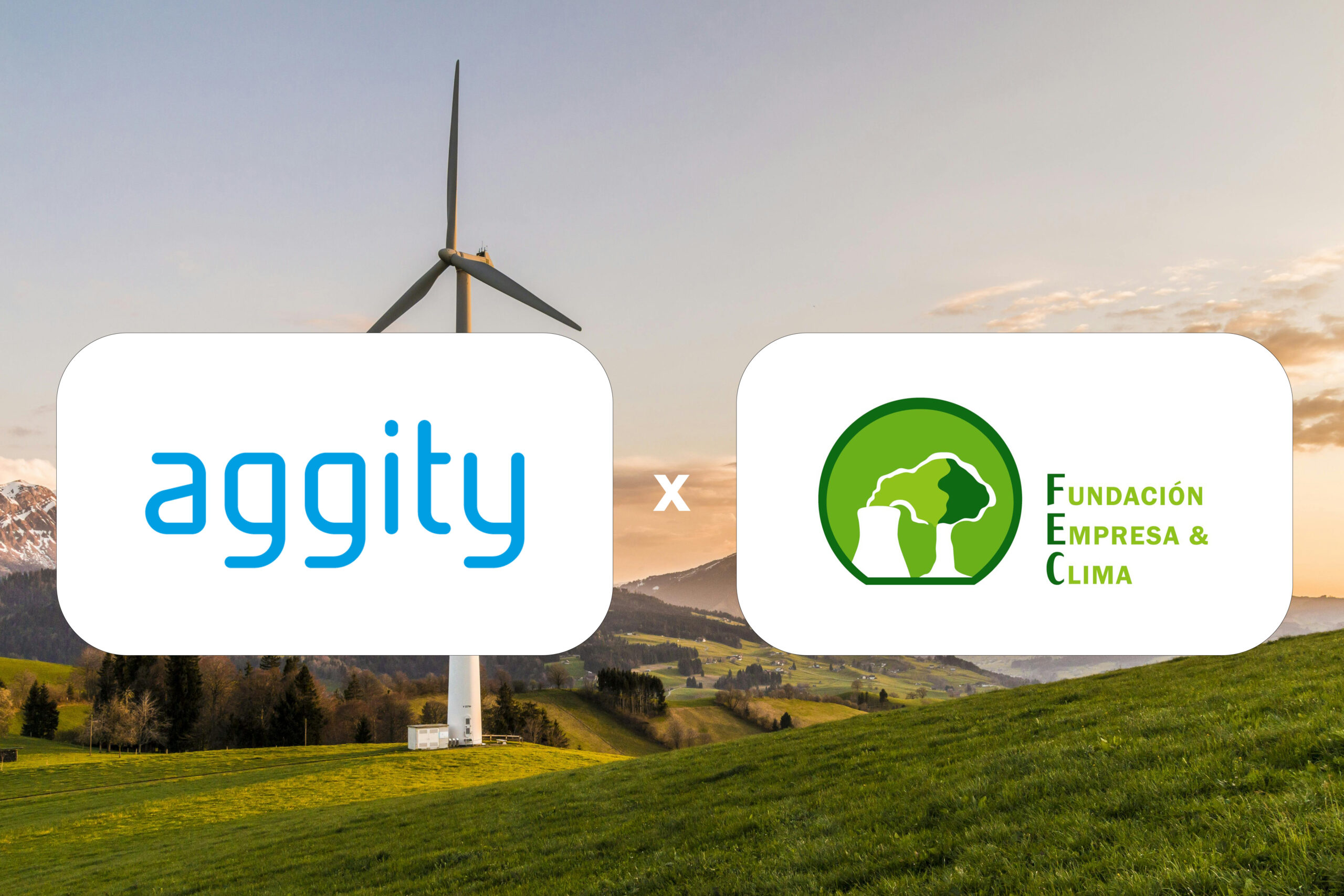
aggity strengthens its commitment to sustainability as a SILVER partner of “Fundación Empresa & Clima”.
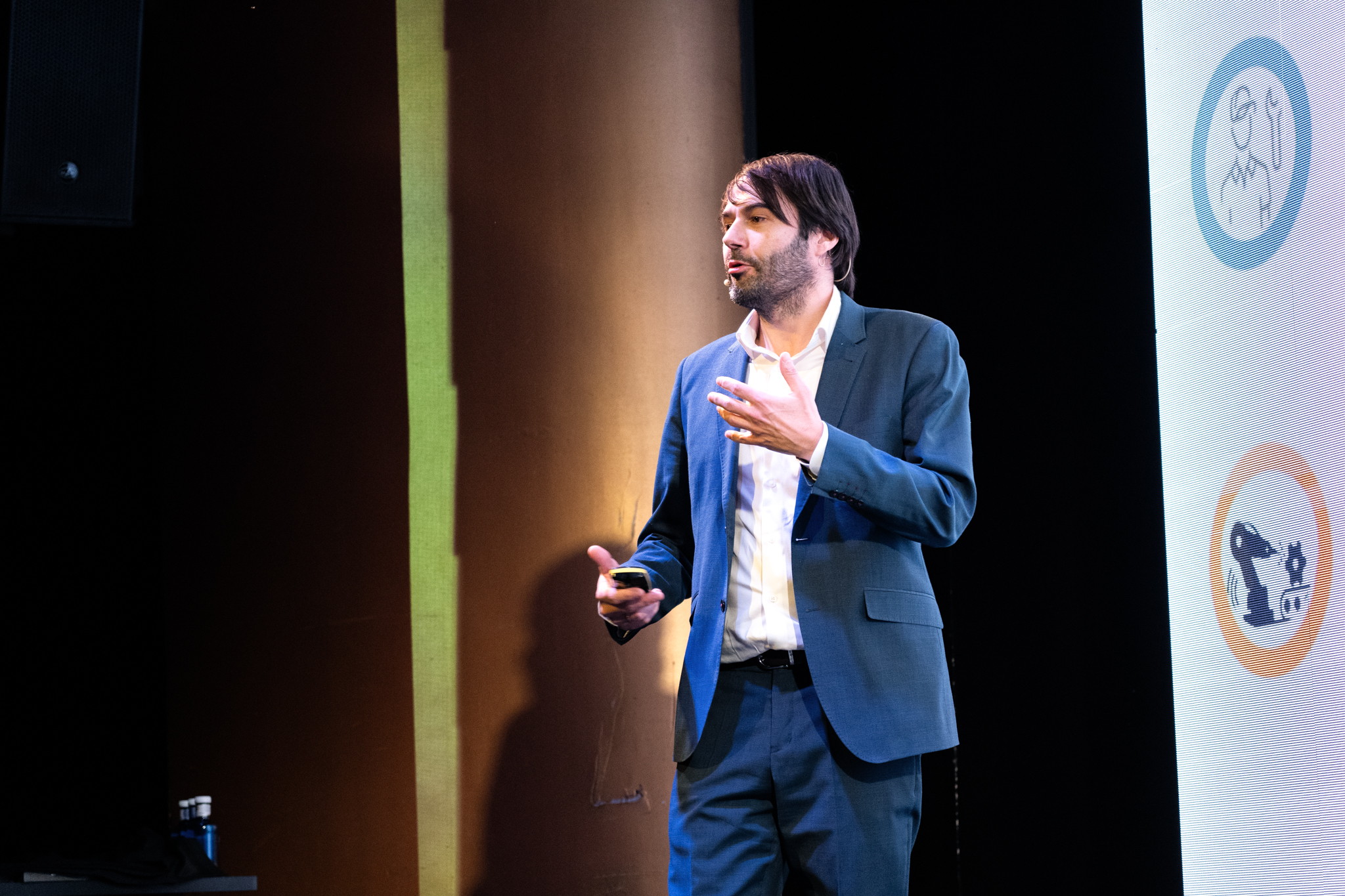
aggity participates in the IBM Ecosystem Summit 2024 with an applied case of Generative AI in the food industry

Aggity, together with the multinational Fortinet, present an exclusive event in Lima on the application of Generative AI in Corporate Cybersecurity.
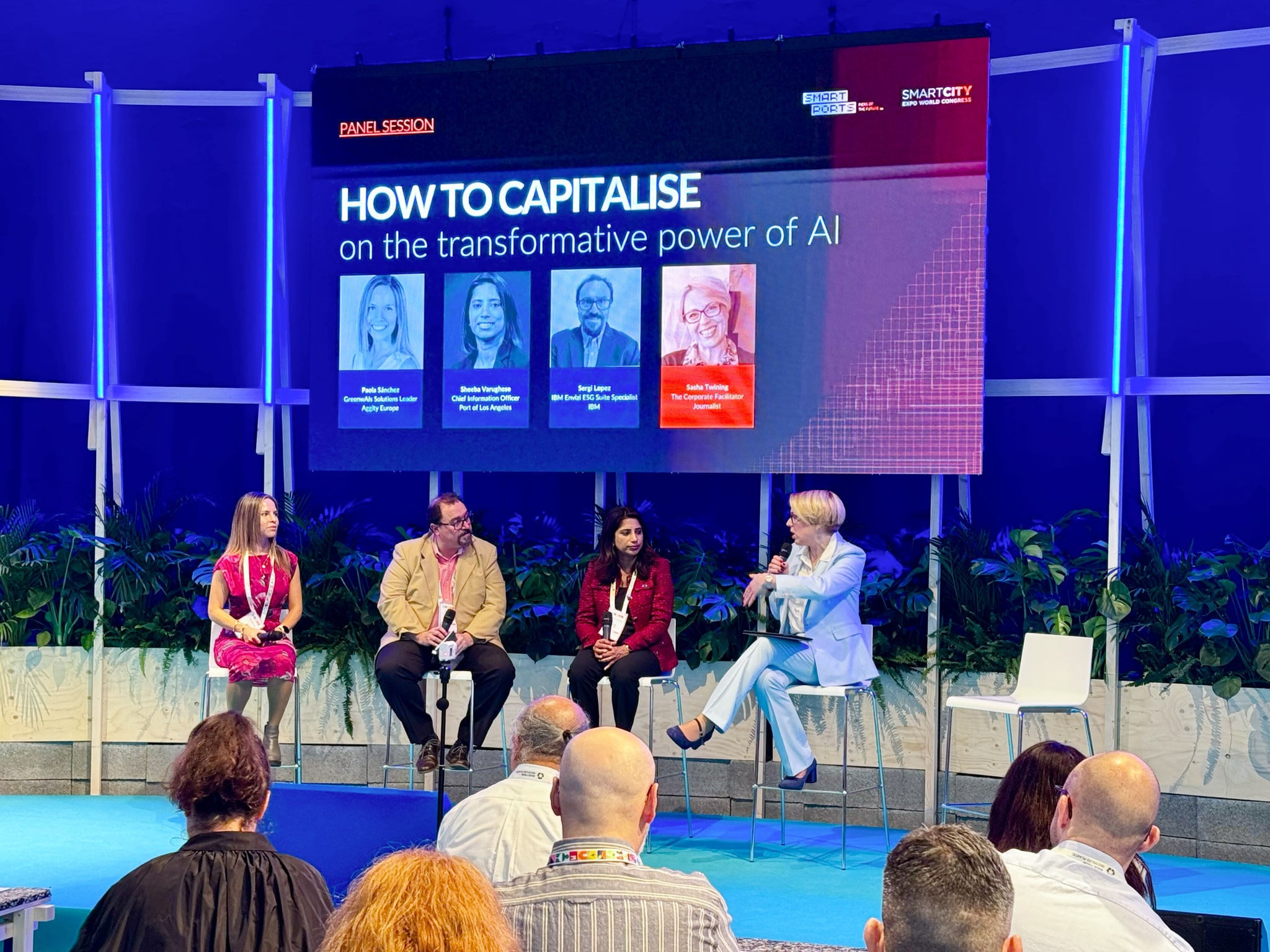
aggity participates in Smart Ports: Piers of the Future

aggity Supports the Contigo Foundation at its Annual Dinner
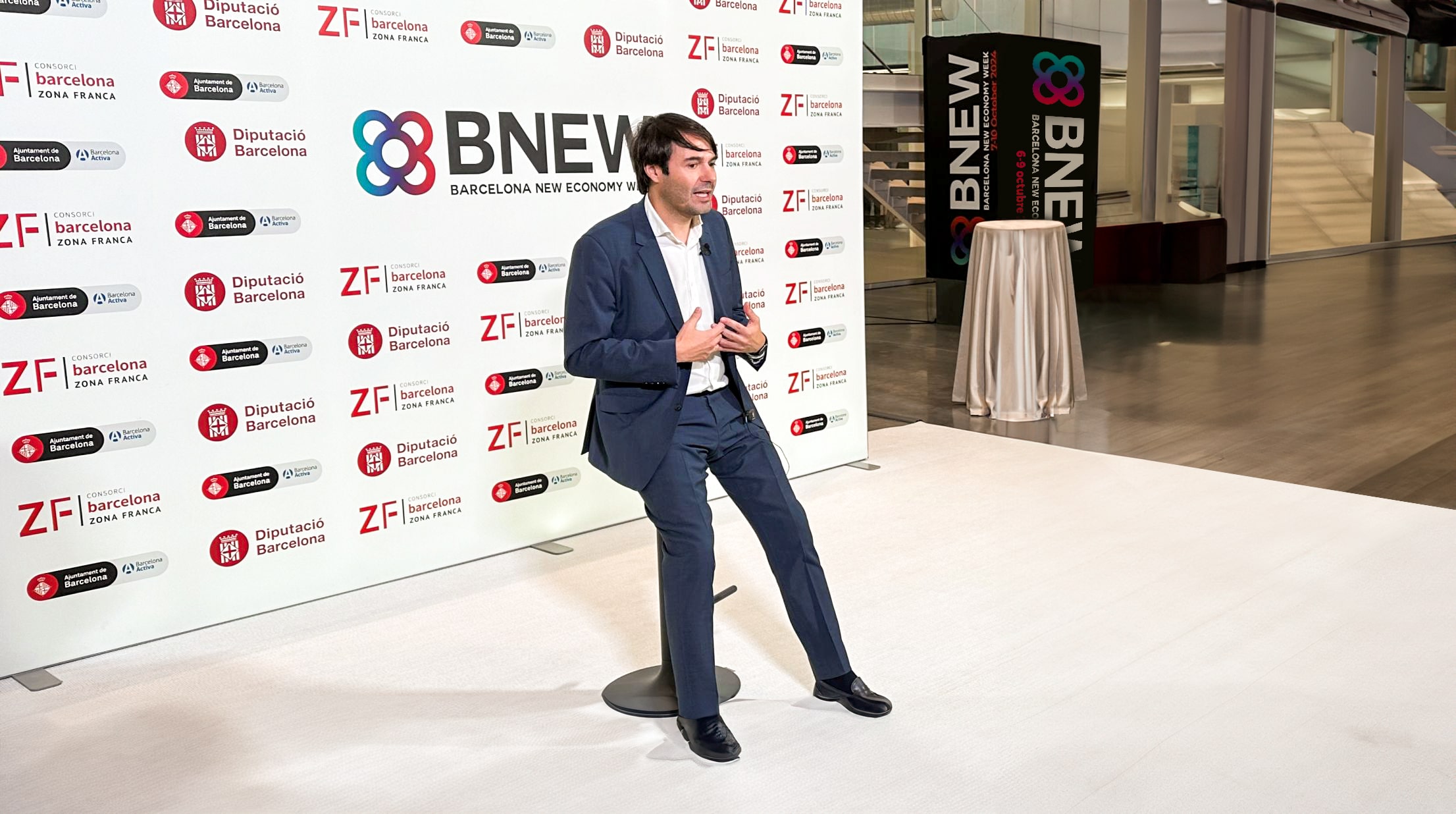
Challenges and Opportunities of Generative AI in Industry: Our Experience at BNEW
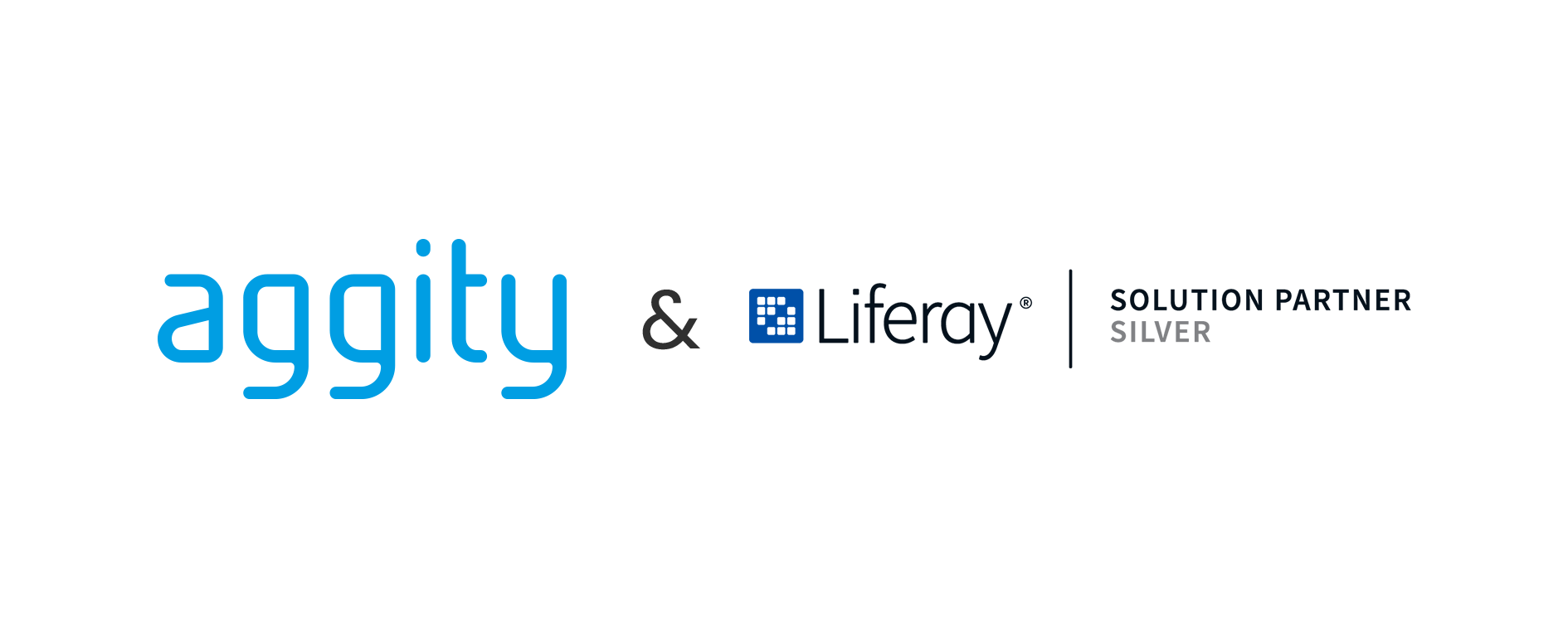
Official Liferay Partner in Spain
